 Melissa Anderson
Melissa Anderson
The latest film by Argentine director Laura Citarella is a transfixing puzzle of romance, mystery, and adventure.
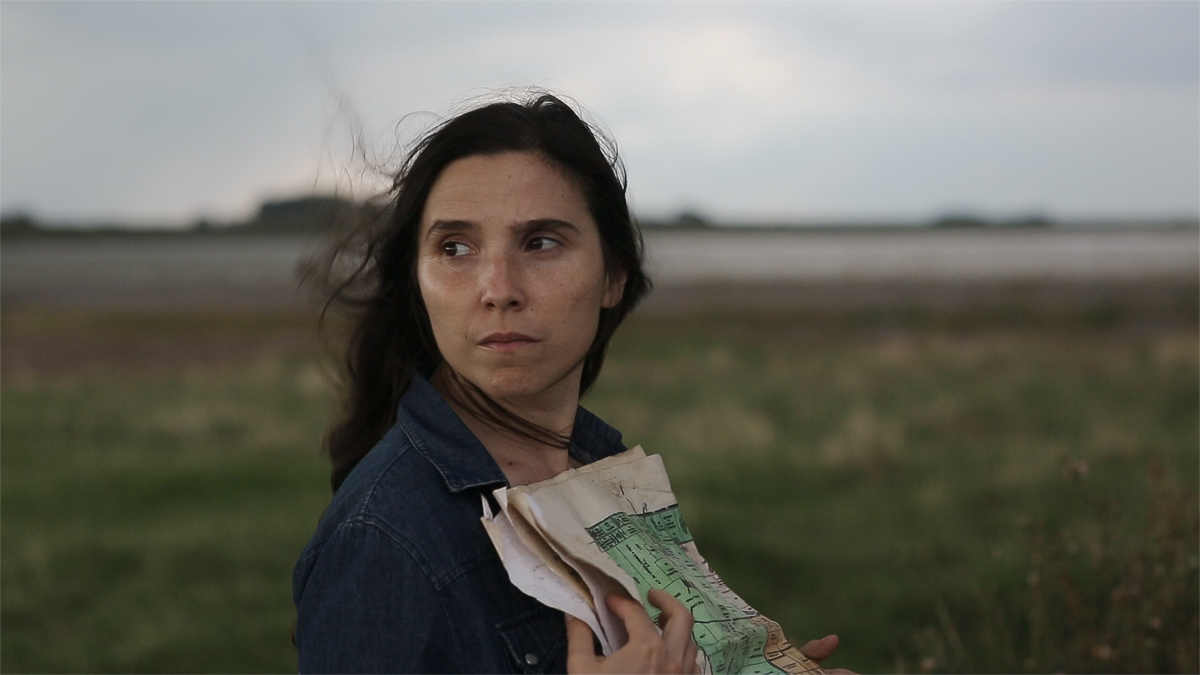
Laura Paredes as Laura in Trenque Lauquen. Courtesy Cinema Guild.
Trenque Lauquen, directed by Laura Citarella, opens April 21, 2023, Film at Lincoln Center, New York City
• • •
In 2006, shortly before David Lynch’s Inland Empire was released, I interviewed Laura Dern, the film’s star, on the phone. I was eager to know how she approached the several different personae she inhabits in this oneiric, labyrinthine movie. “There was clearly a mystery, as there always is—there’s a mystery to solve as the actor in the story,” she explained. Her answer has stayed with me ever since, reminding me that the best cinema—or, at least, the kind of cinema I respond to most ardently—immerses us in enigmas that are open-ended, that defy pat resolution.
Mysteries exhilaratingly multiply—for the actors, for the characters they play, for the audience—in Trenque Lauquen, a film created by two other Lauras: Citarella, the director, and Paredes, who plays the protagonist, also named Laura, and who cowrote the script with Citarella. Made over six years, Trenque Lauquen shares some cast and crew with La Flor, Mariano Llinás’s protean magnum opus from 2018; both are from the Argentine producing group El Pampero Cine, which counts Citarella and Llinás as two of its four members. Both films boast expansive running times—La Flor clocks in at almost thirteen and a half hours; Trenque Lauquen at nearly four and a half—that elapse fleetingly, leaving us transfixed by their densely detailed fictions.
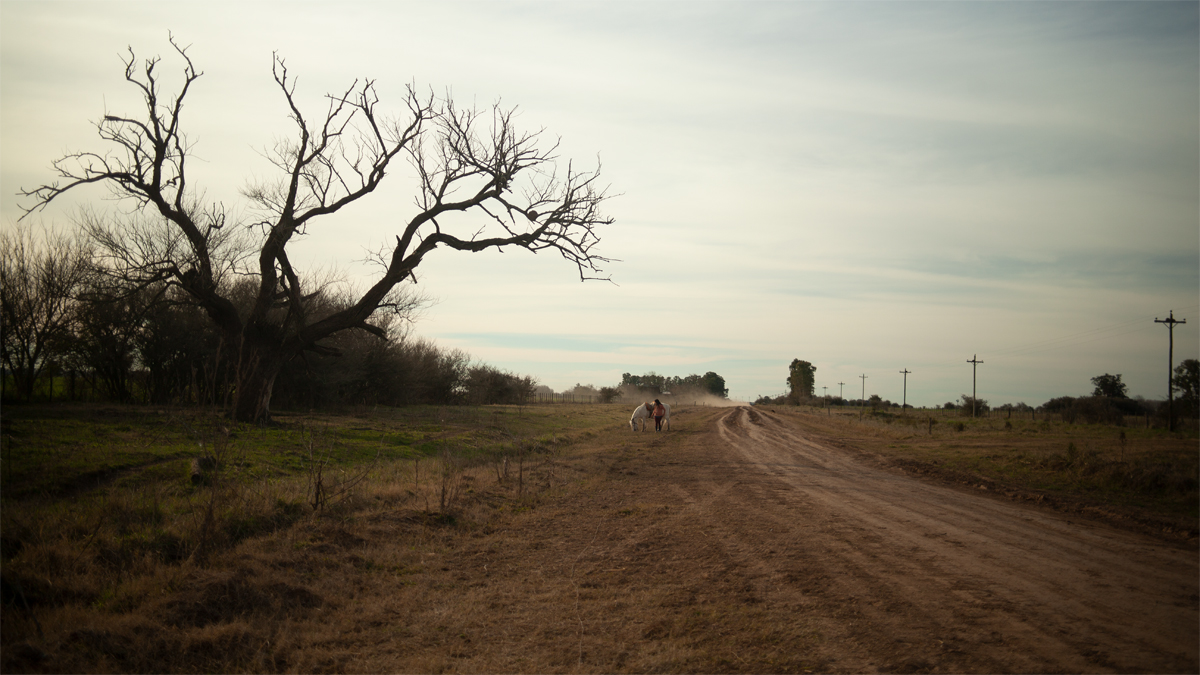
Laura Paredes as Laura in Trenque Lauquen. Courtesy Cinema Guild.
While La Flor features a quartet of actresses in multiple, disjointed scenarios and genres, Trenque Lauquen keeps its focus on one woman and, despite its achronological structure and copious digressions, follows a more or less cohesive arc. Citarella’s latest also continues the themes of her earlier work, in which a woman is either drawn to mystery or remains a mystery herself. (Both scenarios describe Laura in Trenque Lauquen.) In Ostende (2011), Citarella’s first feature and her inaugural collaboration with Paredes, here also playing a character named Laura, the protagonist, while spending a few desultory days at a hotel in the eponymous seaside town, becomes obsessed with the odd activities of a possible throuple consisting of an older man and two women. The mostly wordless La mujer de los perros (or Dog Lady, 2015)—codirected and cowritten with Verónica Llinás (sister of Mariano), who also plays the title character—tracks, over the course of a year, the nomadic peregrinations of a middle-aged woman living off the grid with an ever-growing circle of canine companions. What led to this extreme situation is never specified. (In a much smaller part in Trenque Lauquen, Verónica Llinás plays another character living in isolation, though not as dire.)
I find myself reluctant to give even a perfunctory synopsis of Trenque Lauquen, since many of the film’s delights emerge from the deliriously original plots and subplots that Citarella and Paredes have concocted. (Two days after seeing the film, I came across this passage from Elizabeth Hardwick’s 1969 essay “Reflections on Fiction,” which aptly applies to the narrative thrills of Citarella’s movie: “The parts bear a mysterious and clouded relation to the whole. The pages turn, one after another, and it is a distinguishing aspect of the novel that, around the next corner, almost anything can happen. We hardly know which to treasure most: expectation confounded or satisfied.”) If I am circumspect or parsimonious in my description, I intend it not as dereliction of duty but rather as a gesture of deference to you, the potential viewer, who should buy a ticket to Trenque Lauquen knowing as little about it as possible.
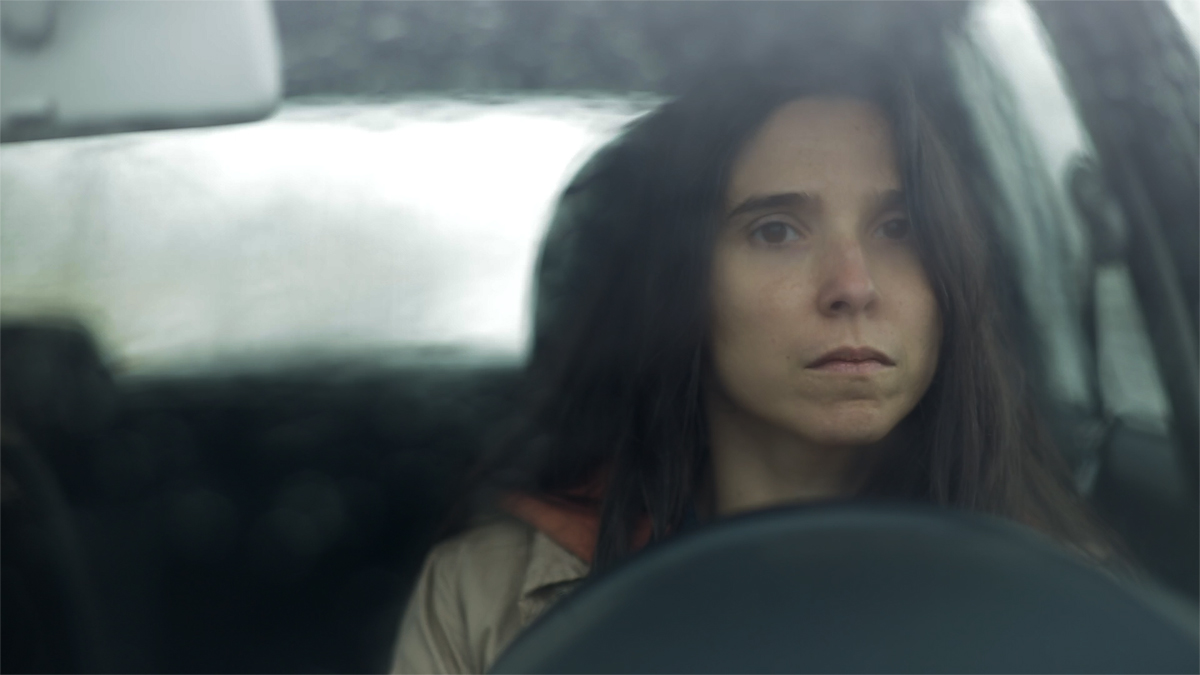
Laura Paredes as Laura in Trenque Lauquen. Courtesy Cinema Guild.
The puzzles begin with the title. Trenque Lauquen, like Ostende, takes its name from a town in the province of Buenos Aires; translated from the Indigenous Mapuche language, it means “round lagoon” or “round lake.” The name has an almost incantatory power, much like the text of the terse note that Laura, a biologist from the Argentine capital who had been on an assignment classifying various flora in Trenque Lauquen, has left behind: Adiós, adiós, me voy, me voy—farewell, farewell, I’m leaving, I’m leaving.
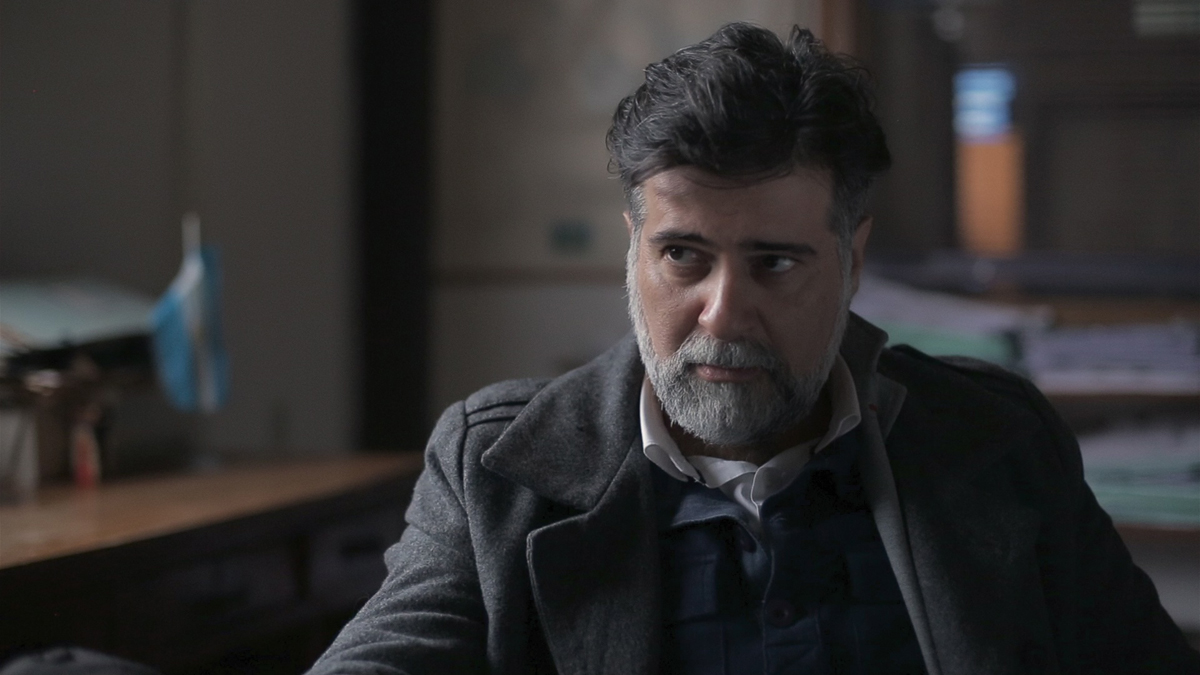
Rafael Spregelburd as Rafael in Trenque Lauquen. Courtesy Cinema Guild.
Trenque Lauquen begins in medias res. Two men—Rafael (Rafael Spregelburd), Laura’s older, lordly boyfriend from the capital city, and Ezequiel (Ezequiel Pierri; all the principal characters share the first names of the performers playing them), a ginger-headed, teddy-bearish local who drove the botanist to outlying fields—have teamed up, if only temporarily, to search for the vanished woman and, more to the point, try to piece together why she disappeared in the first place. Both in the film’s first twenty minutes—before the randomly ordered flashbacks of Laura’s activities in Trenque Lauquen begin—and during any segment in which she does not appear onscreen, she is always the structuring absence, much like two other legendary Lauras: Laura Hunt, the beautiful, murdered (though not as deceased as we are first led to believe) ad executive in Otto Preminger’s 1944 film-noir paradigm, and Laura Palmer, the slain high-school homecoming queen of Twin Peaks, the cult TV series Lynch created with Mark Frost that first aired in the early ’90s and was revived for a third season in 2017.
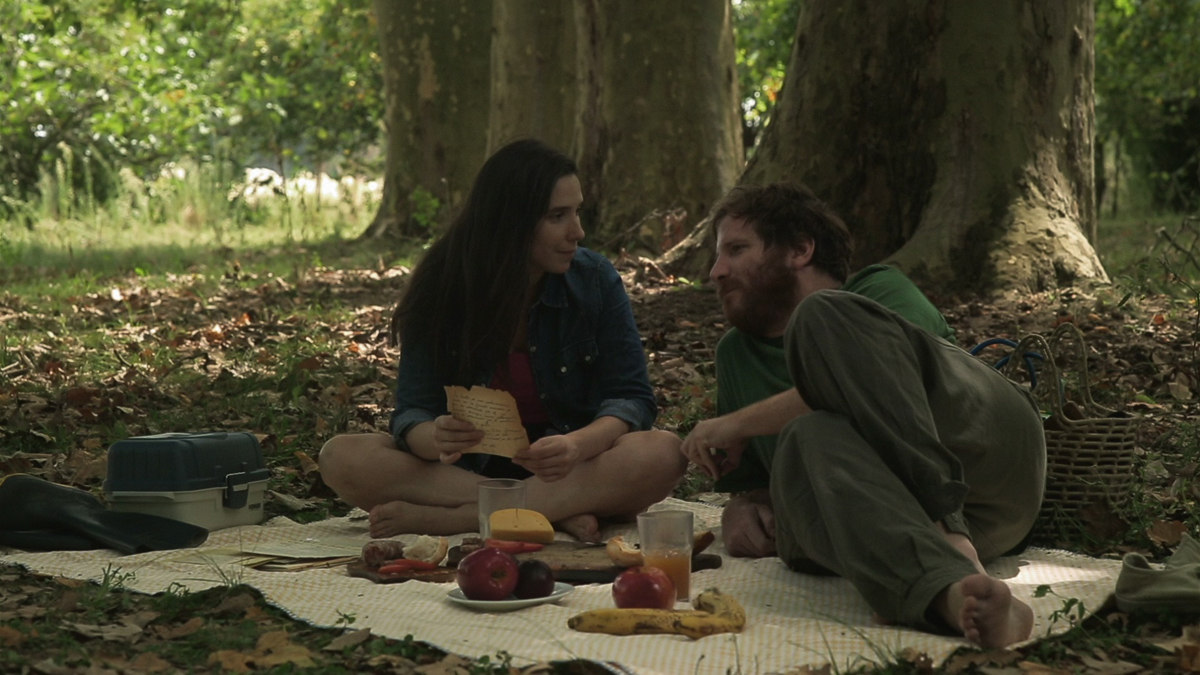
Laura Paredes as Laura and Ezequiel Pierri as Ezequiel in Trenque Lauquen. Courtesy Cinema Guild.
The Laura of Trenque Lauquen joins the exalted ranks of her namesakes. Assiduous and unassuming, she is hungry for adventure, for sleuthing—a predilection that leads her to falling in love at least twice. (In the town named after a round lake, pointed romantic triangles proliferate.) Of one of her darlings, she says, “I lost the fear of getting lost, of dying.” It is an exceptionally romantic line in a movie that, throughout its numerous detours, stands as one of the greatest romances I’ve seen since (Lynch again) Mulholland Drive.
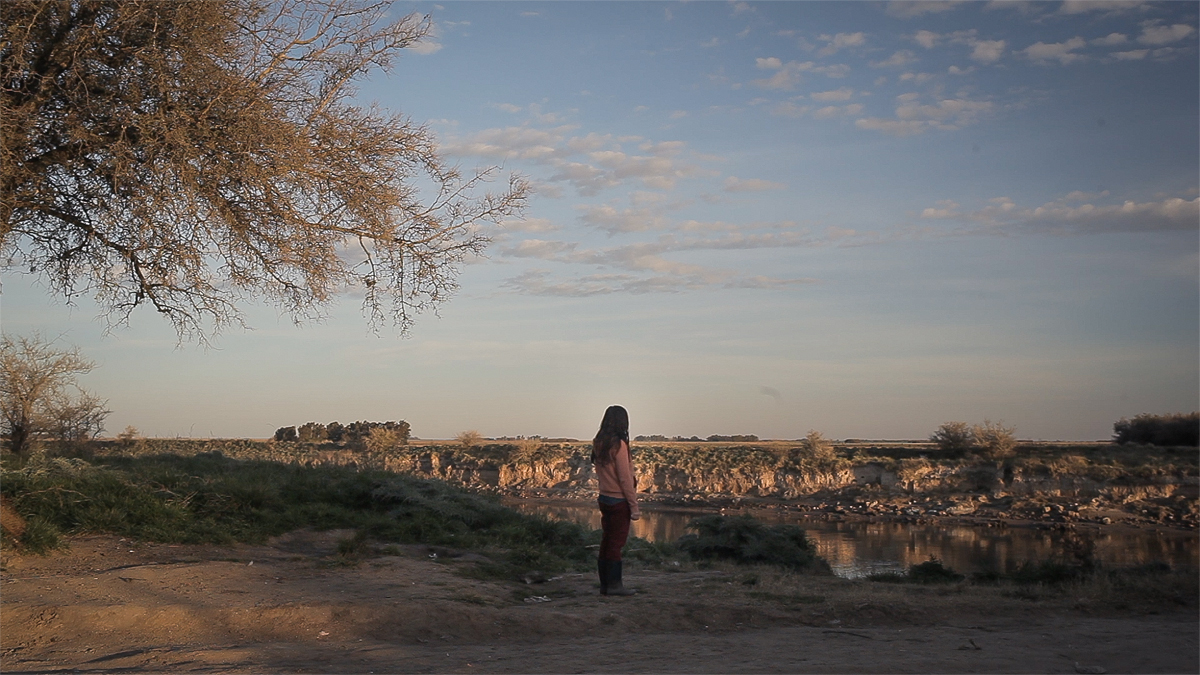
Laura Paredes as Laura in Trenque Lauquen. Courtesy Cinema Guild.
But Laura’s romances don’t always require another human to be the object of her enthrallment; she senses untold mysteries not only in people but also objects, the natural world. More broadly, Trenque Lauquen (like La Flor before it) reaffirms what we are too perilously close to forgetting: that going to a cinema, especially to succumb to a movie that makes a not-insignificant demand on your time, is itself a commitment to adventure—a folly, perhaps, but what memorable romance isn’t?
Melissa Anderson is the film editor of 4Columns and the author of a monograph on David Lynch’s Inland Empire from Fireflies Press.